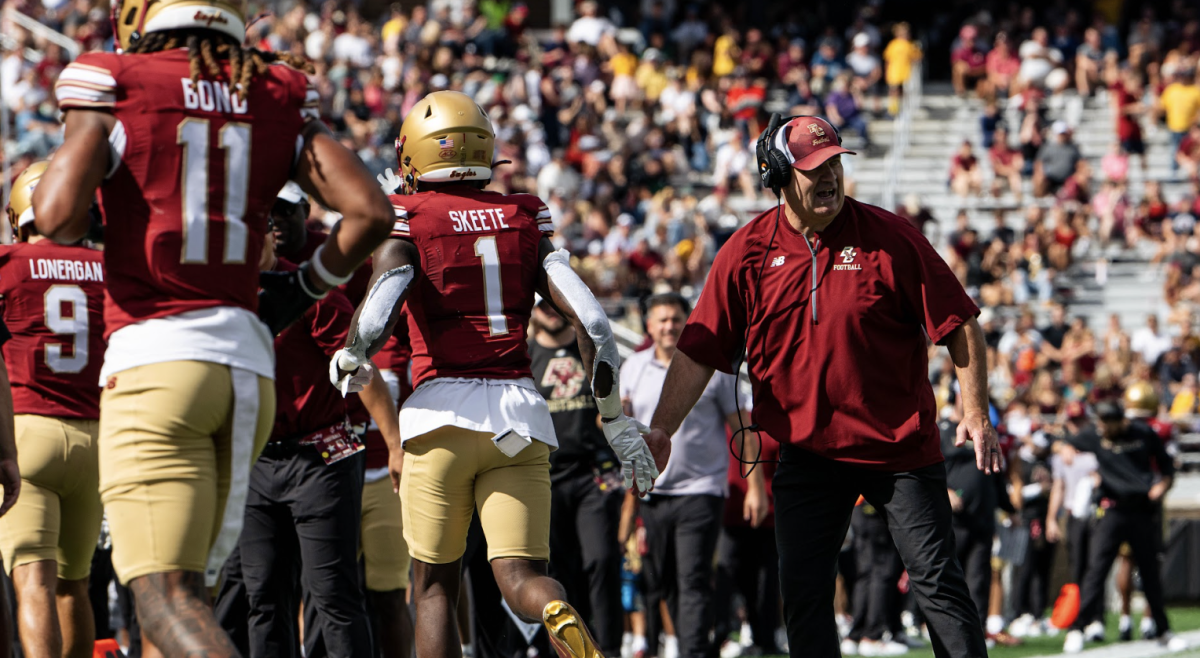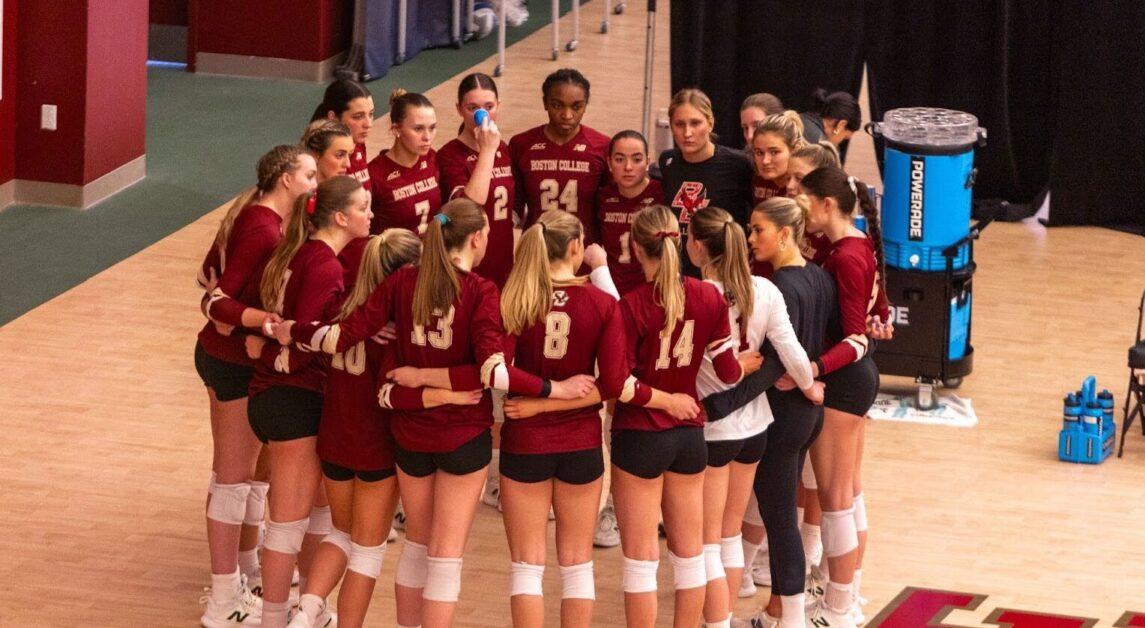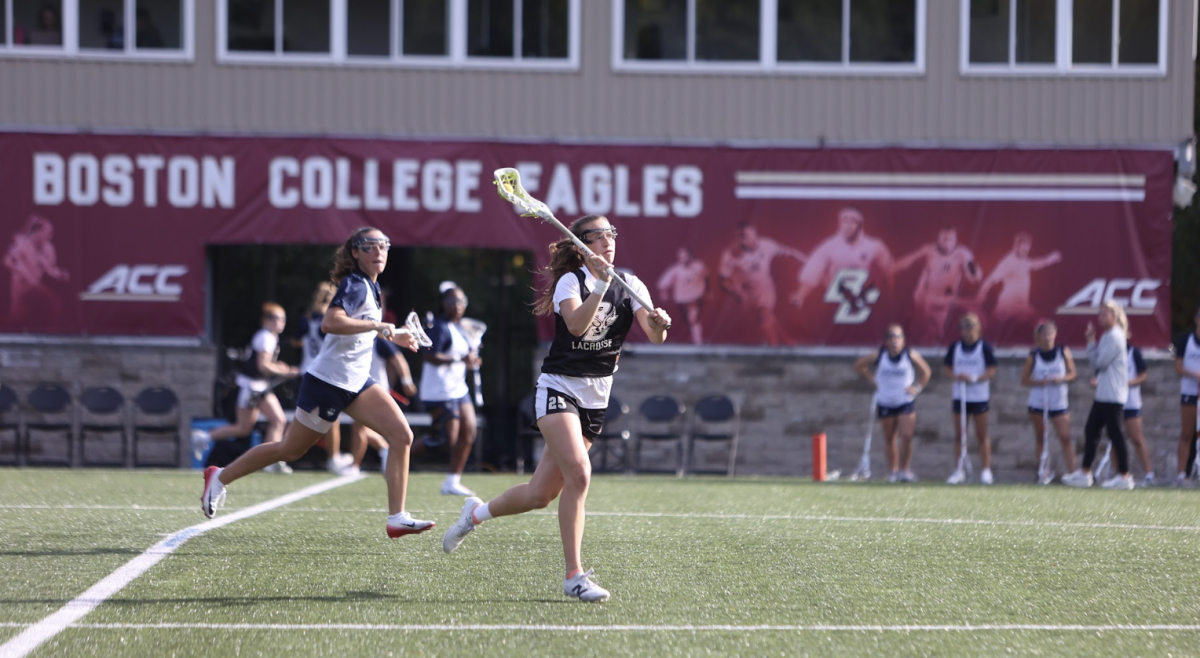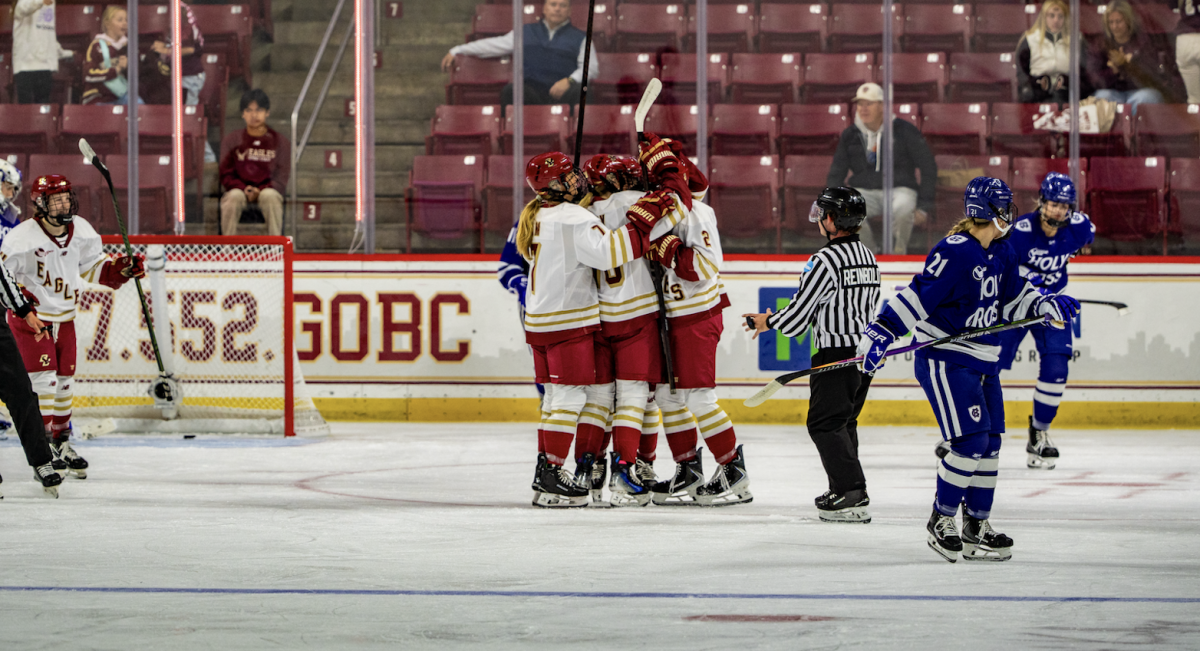March Madness is the most illogical postseason in sports, relative to the regular season. The only other major American sports that decide a champion in one-game increments, through the finish, are the NFL and college football. Of course, the college basketball regular season is about twice as long as the NFL’s, and the teams don’t play games once a week. College basketball also hasn’t settled any three-quarter-billion dollar concussion lawsuits recently.
Yet March Madness is worth the $10 billion-plus, per ncaa.com, that CBS and Turner will cobble together over 14 years because it is so, so much fun, and that entertainment value makes bastardizing the regular season acceptable. The buzzer beaters and upsets that define March are incredible and indelible. From memory, Eric Maynor toasting Greg Paulus in the final seconds in 2007, 15-seed Lehigh holding off two-seed Duke with two lottery picks in 2012, and Joe Alexander single-handedly carrying West Virginia to the brink of the Elite Eight in 2008 on his way to becoming a legendary NBA bust still resonate with clarity, and those are just the upsets I remember in which Duke, by the grace of God Himself, bowed out early.
Thanks to March Madness, regular season success is overlooked. Even worse, though, is the effect of conference tournaments. Conference tournaments marginalize whatever sliver of big-picture worth the regular season holds at all, without the entertainment and nostalgia that the NCAA tournament holds. One of the greatest conference tournament games in my lifetime was the 2009 Big East quarterfinal between Syracuse and UConn, and that game is only remembered because it lasted six overtimes.
Conference tournaments distort the whole purpose of the regular season in college basketball-which determines the best teams, in order, for the conclusive postseason-and damage the overall product that comprises the bulk of the sport. The incentive for the top teams in the country, aside from internal improvement, to push through the November to February slog is to better their chance at a higher seed and an easier path to a championship. But if one bad or good week in mid-March changes that seed by even one or two slots, the incentive to drive for a regular season title (excluding the Ivy League, which has no conference tournament) is little more than another chance for a student section to rush the court-if a team clinches at home.
By awarding automatic bids to conference tournament champions, the NCAA’s cash cow is hurt, too. If Boston College had stunned in Greensboro this week and taken home the ACC crown, the Eagles would still have been well under .500 and would have zero business wasting a spot in the 68-team field.
Besides denying another deserving at-large team of a bid, ACC or not, such a scenario could also worsen the seeds of ACC teams that have fought all year in through the buzzsaw of an ACC in-conference schedule.
This argument is somewhat diminished by the fact the NCAA tournament does not include the 68 best teams. There will probably be teams in the field that are even worse than BC because their conferences, no matter how bad or small, receive the same number of automatic bids as the Big 12 or 10-one. Top teams are more susceptible to upsets when the Cinderellas belong on the same floor as the Goliaths. If a low seed is awful, yes, that would make an upset even better, but there’s a reason no one watches one seed vs. 16 seed matchups.
The Cinderella that garnered the most attention in my life was George Mason in 2006. The Patriots, an 11 seed, knocked off one-seed UConn-a team littered with future pros-to go to the Final Four, capturing the hearts of anyone paying attention in the process. Yet they finished the year ranked 20th in kenpom.com’s overall rating-four spots ahead of arguably the best BC team ever. George Mason (barely) made the 2006 field as an at-large, but what if it was left out because it didn’t beat Hofstra in the CAA final? By properly rewarding both the mid and high-major teams that performed the best from November through mid-March, not for a week at the end of that stretch, the best part of college basketball would be more scintillating than it already is.
Conference tournaments are, at best, inconsequential and a waste of time before the fun starts. Best or worse-case scenario, there’s no need for them.












